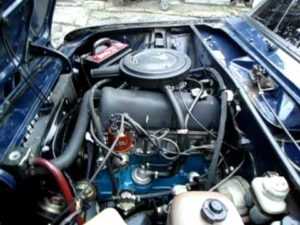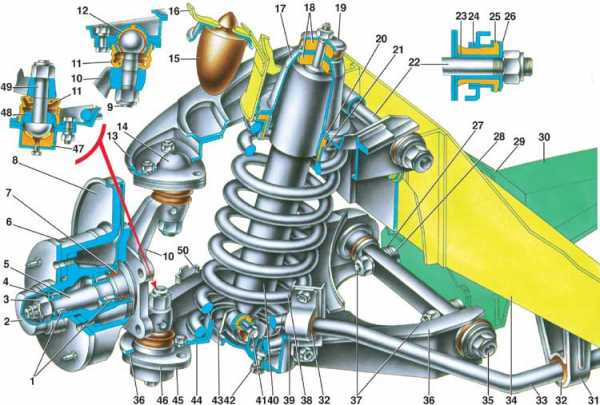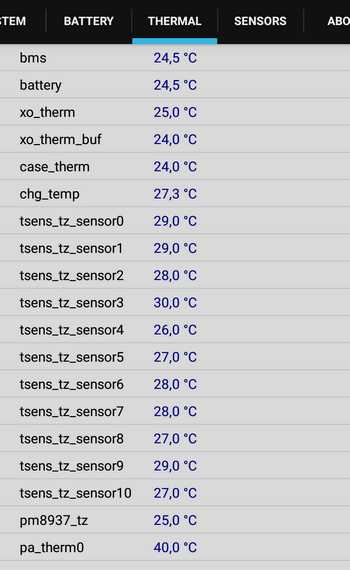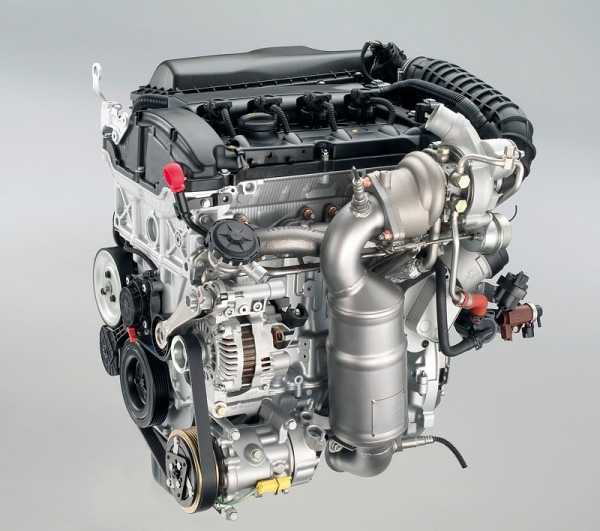Dodge demon 2017
2018 Dodge Challenger SRT Demon: New York 2017 Photo Gallery
List 2019 Honda Pilot Drivers' Notes 13 cars you can legally import in 2019 2020 BMW 4 Series convertible spy shots Autoblog's top photographs of 2018 Watch Tesla Model 3 get built First 2019 Hyundai Nexo FCEV delivered 1 2Follow Us
From Our Partners
!function(f, b, e, v, n, t, s) { if (f.fbq) return; n = f.fbq = function() {n.callMethod ? n.callMethod.apply(n, arguments) : n.queue.push(arguments)}; if (!f._fbq) f._fbq = n; n.push = n; n.loaded = !0; n.version = '2.0'; n.queue = []; t = b.createElement(e); t.async = !0; t.src = v; s = b.getElementsByTagName(e)[0]; s.parentNode.insertBefore(t, s)}(window, document, 'script', '//connect.facebook.net/en_US/fbevents.js'); fbq('init', '174181139752304'); fbq('track', 'PageView'); >
(function(i,s,o,g,r,a,m){i['GoogleAnalyticsObject']=r;i[r]=i[r]||function(){(i[r].q=i[r].q||[]).push(arguments)},i[r].l=1*new Date();a=s.createElement(o), m=s.getElementsByTagName(o)[0];a.async=1;a.src=g;m.parentNode.insertBefore(a,m)})(window,document,'script','//www.google-analytics.com/analytics.js','ga'); ga('create', 'UA-71479133-1', 'auto'); ga('set', 'anonymizeIp', true); ga('set', 'dimension5', '2018_dodge_challenger_srt_demon|challenger|demon|dodge|dodge_challenger|dodge_challenger_srt_demon|srt'); ga('set', 'dimension7', 'content'); ga('set', 'dimension8', 'slideshow'); ga('send', 'pageview');>
(function(d, t) {var a = d.createElement(t), s = d.getElementsByTagName(t)[0]; a.src = 'https://o.aolcdn.com/ads/adsWrapper.js'; s.parentNode.insertBefore(a, s);}(document, 'script'));>
(function(d, t) {var a = d.createElement(t), s = d.getElementsByTagName(t)[0]; a.src = 'https://cdn.flipboard.com/web/buttons/js/flbuttons.min.js'; s.parentNode.insertBefore(a, s);}(document, 'script'));>
$.getScript('https://www.zergnet.com/zerg.js?id=21232');$.getScript('https://www.zergnet.com/zerg.js?id=47172');>
$.ajaxSetup({ cache: true });$.getScript('https://cdn.mediavoice.com/nativeads/script/aolibrands/autoblog_article.js');$.ajaxSetup({ cache: false });>
2018 Dodge Demon Leaked Image: Will It Have Over 1,000 HP? Debut Apr 11th, 2017 8pm EST
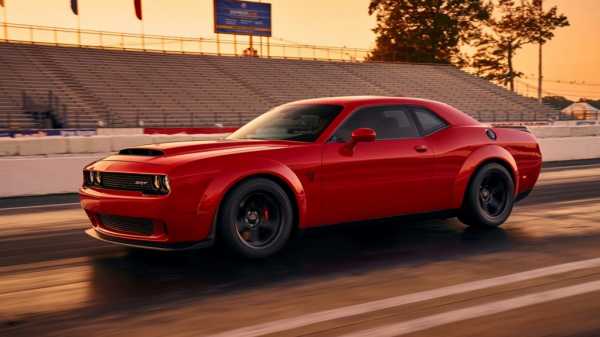 2018 Dodge Demon
2018 Dodge Demon Above is a leaked image of the 2018 Dodge Challenger SRT Demon drag racer. The leaked image began to circulate yesterday, but much of the precise specifications are still embargoed. Manufacturers usually embargo images, videos, and specifications until a precise reveal time (usually associated with a major auto show).
There is now new information about the horsepower ratings that came to light via the LX & Beyond Nationals Facebook page. (NOTE: this is NOT official horsepower specifications from Dodge SRT.)
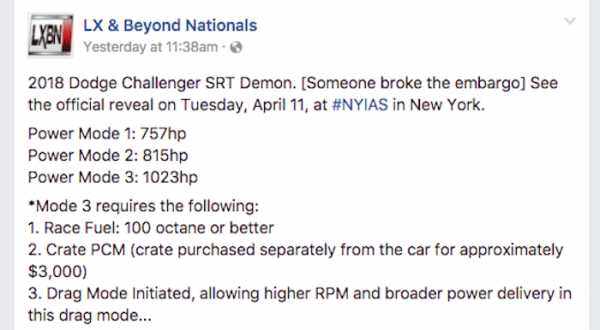
Dodge did officially reveal that the Demon will be capable of running on 100 octane “race” fuel. The source at LX & Beyond Nationals reports that the 2018 Demon will have three power modes: 757 hp, 815 hp, and 1,023 hp. The latter rating of 1,023 horsepower is reported to be available with 100 octane fuel, crate PCM computer (Demon is available with an optional crate full of parts and tools), and a special “Drag Mode” initiated.
No matter what the actual horsepower and torque number are, one thing is for sure – the 2018 Demon will be a drag strip monster capable of blistering 1/4 mile times.
TFLcar will be in New York City for the official debut of the demonic car.
We will broadcast the reveal Live! on TFLnow Youtube channel on Apr 11th, 2017 at 8pm EST.
Please tune in to the channel for all the latest. We will also get expert interviews and all specifications and details for you on TFLcar.
TFLcar spied an early prototype of the 2018 Dodge Challenger SRT Demon testing in the wild. Check out that video below.
Dodge Demon Would Still Lose To Tesla In A Race
One day after the debut of the 2018 Dodge Challenger Demon, we bring you a second opinion from our sister site, InsideEVs.com, about whether or not this purpose-built drag racer is actually the quickest, as Dodge claims. There's another speed demon that's been dropping its 0-60 times on a regular basis, and it runs on electricity.
We recently reported that Jeep has decided to exclude the Tesla Model X P100D from its list of SUVs in order to lay claim to having the “quickest” production SUV in the world with the Grand Cherokee Trackhawk.
Now, Dodge has come forward with the “fastest production car” ever produced. It’s the all-new 2018 Dodge Challenger SRT Demon, and they say it can tackle a sprint to 60 miles per hour in 2.3 seconds.
The National Hot Rod Association (NHRA) has banned the Demon due to a lack of safety equipment necessary for its type of performance (it only has one seat and has been substantially stripped down to reduce weight). It’s a street-legal drag car, by every definition.
FCA’s somewhat obvious goal with the new Jeep Cherokee Trackhawk was to be quicker than the Porsche Cayenne Turbo S, the Bentley Bentayga, and the Tesla Model X. This is because, of course, these are the three SUVs to beat in today’s market. While Jeep, with its impressive 3.5-second-0-to-60 stat succeeded in topping both the Porsche and the Bentley, it couldn’t come close to that of the Tesla Model X. So, Jeep just applied a workaround.


Similarly, the Dodge Demon had set out to beat the Tesla Model S P100D, because there is no other production vehicle in the world that even comes close. What better than to premiere the world’s quickest car and the world’s quickest SUV at the last major auto show of the season? And, to beat Tesla twice!
But not really …
Depending on where you look, or who you talk to, the Demon’s 2.3-second 0-to-60 sprint may have just succeeded in topping the Model S. According to Tesla’s website, the Model S P100D is capable of a 2.5-second time.
However, that information was posted prior to the new Ludicrous Easter Egg updates. If Dodge simply had to beat 2.5 seconds, the challenge may have not been so difficult. But published figures for the Tesla Model S P100D with the new Ludicrous upgrade show a 2.28-second time.
Motor Trend did the testing and is sticking by its methods, and similar real world results have since appeared. We don’t know who did the Demon’s testing, but it’s assumed it was in-house, and we have no idea how the testing was carried out. However, we have exhausting details regarding the Model S’ testing, along with published times, videos, etc.
Did the tested Demon have the optional passenger and rear seat in? Probably not. Elon Musk will be happy to tell you that if you take the seats out of the Tesla, or strip it down (remove the frunk), it will fare even better. For now, for the Demon, we just have a sign that says it’s true.

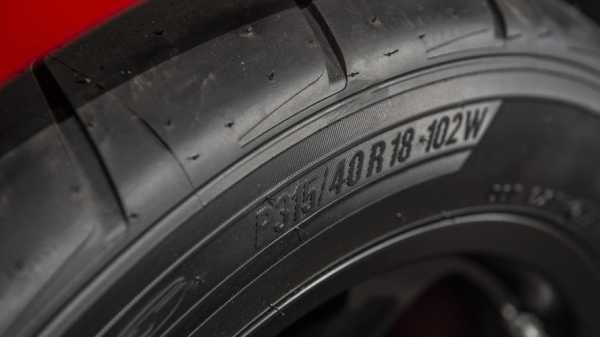
Did Dodge use the familiar and standard method for testing, which factors in rollout? One would hope so, since this would get the Demon a better time, like that of the Model S. Not testing it this way would be silly, since it would make beating current records even more difficult, and basically defy the laws of physics. And what connects the Dodge to the pavement? Looks like it needs some serious drag radials enabling 1.8 g to get that number.
If the Dodge were tested factoring rollout, then the Model S is the winner, by some hundredths of a second. That is, if the Demon's 2.3-second publicized time is not rounded in any way. It’s almost certain that it wasn’t precisely 2.3, but rather 2.34, or 2.29 or something similar. If Dodge didn’t include rollout, a few tenths of a second would be added to its time, like that of the 2.53-second P100D run. And again, the two cars’ stats would be within mere decimals. But based on modern math, the Model S would still take the win.
On the contrary, if the Dodge Challenger SRT Demon pulled off a 2.3-second stat without an included roll-out, this would be astronomical. If this is honestly the case, then the P100D will be defeated with an (*) asterisk… if you can get past all the various “non-real world” scenarios, and “drag radials,” “optional” seating, and non-NHRA track-only. So ultimately, does it even matter?
Video (below): How “easy” is it to even attempt the 0-60 mph run? Check check out the “easy” instructions from the 2:02 minute mark of Dodge’s official Challenger SRT Demon demo ride.
Video (below): Now let’s compare that to Tesla’s verified 0-60 mph run in 2.28 seconds. Look at all that ‘pressing the accelerator’ a driver has to do to repeat that performance all day long.
In Dodge’s defense, like the Cherokee Trackhawk, this is a brand-new car, just premiered at the New York Auto Show. Even when it does come to market, it will only be produced in extremely limited numbers. In time, there will be more official stats and tests for comparison.
You better believe that as soon as this new “world’s quickest production car” becomes available, there will be a plethora of tests, races, stats, etc. The truth will eventually be told. By then, however, Tesla will likely release a new Ludicrous Easter Egg that is even faster, or how about optional seats?
Dodge, and other Demons
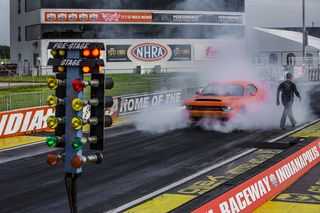 Photo: Fiat Chrysler Automobiles
Photo: Fiat Chrysler Automobiles The Demon sucks the air out of the room.
That’s 5,000 liters of air, which is equal to the lung capacity of 800 humans, an engineer told us. We were being teased. It was only a test. A recording of an engine revving at a terrifying volume.
This isn’t the beginning sequence of a Koji Igarashi game, but the sound of the Dodge Demon. I grew up with this sound, when my father, who started his career as a Dodge engineer, showed off his love for all things mechanical.
When I was a kid, my father took me to the Milan Dragway in Michigan, where I covered my ears to block out the screams of the top-fuel dragsters. We didn’t wear earplugs. My father wore his cherry-red Dodge Boys jacket to show off that he was a Chrysler man. We always stayed for the entire race; my father never liked to leave a competition until the thing had ended. Afterward, I could smell the race gas on my clothes and my ears rung from the deafening roar of the engines.
“We’re not soulless, driverless pods yet.”The day the Demon was due to make its debut on Lucas Oil Speedway, the racing gods had other ideas. The forecast was for scattered showers and patches of sun, but the sky opened up and a punishing rain coursed down from 7AM until late afternoon. Lightening blazed through the sky, and the only audible rumble was the reverberation of thunder in the distance. By the time the rain stopped, the damage was done. Word was, no one in Indy had ever seen the track flood like that. The Demon was forced to remain idle. The Christmas tree lights were dull. (Editor’s note: a Christmas tree is drag racing speak for a mechanism that signals on your mark, set, go! Or if you leave too early, false start.)
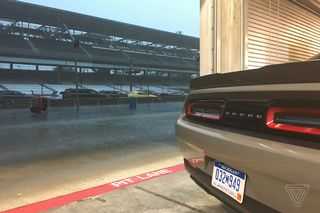 Photo: Tamara Warren / The Verge
Photo: Tamara Warren / The Verge A cadre of journalists had the chance to observe Demon in action last week on its home turf: the quarter-mile strip of a racetrack in Indianapolis, the symbolic heart of racing country. I jumped at the opportunity to drive the rare Demon — of which, only 3,300 will be made. I signed up for wave one, to get to drive first, but it wasn’t meant to be.
In case you don’t frequent drag strips or have been ignoring the rekindled horsepower wars waging among Detroit automakers, Demon is a souped-up variant of the Dodge Challenger SRT Hellcat. It’s the fastest production car ever made — so fast that it’s been banned by the National Hot Rod Association. Dodge is proud of its prowess and added this point prominently into its press kit. The numbers don’t lie: 840 horsepower and 770 pound-feet of torque, a 0–60 in 2.3 seconds, and a 9.65-second quarter-mile time.
“I wanted this to be a middle finger to the competition,” Mark Trostle, the designer in charge of exterior design for FCA, told our group as we waited the rain out in a soggy tent at the track. He pointed at the nips and tucks that have also added to that performance improvement, such as a shorter spoiler to reduce drag.
 Photo: Fiat Chrysler Automobiles
Photo: Fiat Chrysler Automobiles The Demon’s prowess comes down to math equations. “F=MA,” as the head engineer framed it: Force = Mass times Acceleration. To achieve its massive speed and torque, Dodge extracted 200 pounds from the car. “Every nut and bolt was looked at,” he said.
The Demon may be the last of its kind, a staunch, unapologetic defender of Detroit’s past and all things bulging American muscle. “We’re not soulless, driverless pods yet,” said Tim Kuniskis, the head of passenger cars for Fiat Chrysler Automobiles, in defense of the internal combustion engine, as we waited at the track to dry. Kuniskis made the case for why a company is building this niche vehicle at a time when, as a society, we are on the precipice of electrification and facing a demand for cars that emit less emissions. And though the Demon seems incongruent to the overall trends, the enthusiasm of aging baby boomers and young Fast & Furious fans is enough of a business case to justify this last hurrah. It’s also worth noting they didn’t spend money to build the car from the ground up, but instead made tweaks to juice up an existing model to the max.
Another engineer walked us through the three different ways that you can drive the Demon straight down the quarter mile, including using a TransBrake, a drag racing cue that harkens back to the 1960 heyday of racing not seen in any other production car.
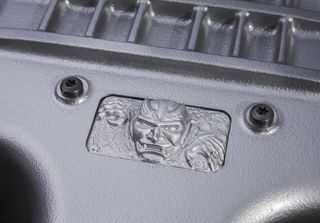 Photo: FCA
Photo: FCA But there would be no demonizing that day. Mother Nature had other plans. A soaking wet track is no place to drag race. Tires require dry surfaces to stick to the pavement. Jokes were made about Dodge being punished for the audacity to make such a car, a more efficient V8 than the cars of the early ‘70s. But it’s still not a gasoline saver and it’s the first production car that runs on 100+ high-octane unleaded fuel. While owners might stunt with this cars on public roads, in interest of public safety, perhaps they shouldn’t. Driving in a straight line on a track is another story, however.
When I left the track to make my flight, at first I felt a profound sense of disappointment, a ridiculous reaction to missing out on what was only a 9-second car ride. It’s hard to make the case for why regular folks who don’t care about cars should pay attention to this otherworldly beast, that on the surface seems to be up to no good. It may seem at odds with everything that technology and progress stand for — but not from where I’m sitting.
Because drag racing is about pushing the limits.
When I was kid, automotive engineers like my dad seemed like they lived in the future. They toiled away on cars that wouldn’t be seen until the next decade. There was a top secret sense about what they did behind the gates at the proving grounds, and that they were pushing toward doing new things, too. It was a feeling that carried from the R&D departments in Detroit down to the workers who worked long hours building the cars, that they were contributing something that was making a statement in the world.
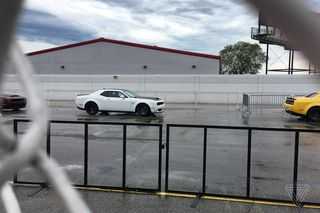 Photo by Tamara Warren / The Verge
Photo by Tamara Warren / The Verge While I wasn’t enamored by cars back then, I did appreciate my father’s enthusiasm for his life’s work. Somewhere along the way, several years after I became a journalist, I challenged myself to write about cars. My father got a kick out of my newfound beat and sent me frequent tutorials explaining how different engines worked and what it really meant to get butts in seats. I wrote about all kinds of cars, but whenever I had the chance to test out a Dodge, he was most impressed. After I drove a Viper on the track for the first time, he beamed and told me I was legit. Cars re-created our connection. It was cemented when I hooked up and later married a drag-racing hobbyist, self-appointed president of the local car club: the Brooklyn Dodges.
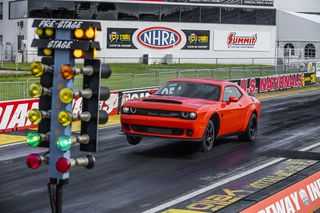 Photo: Fiat Chrysler Automobiles
Photo: Fiat Chrysler Automobiles Long after my father retired, he still didn’t like it when I parked any other model in his driveway when I visited. Eventually, he paved a new space for me on the side of the house, where he wouldn’t have to see other makes and models polluting his driveway. That’s the kind of spirit that inspired the verve for Demon.
It’s been over a year since my father died. And there is a little part of me that is okay with living in the anticipation of the ride that never happened, so I wouldn’t have to be sad about not being able to call up my dad and tell him about what it felt like to drive.
By the time my flight boarded to leave Indy, the sky had turned a gauzy, serene pink, and the sun peeked out. It struck me that sometimes imagining an experience is just as rewarding as living through the actual thing. Other writers were able to stick around and drive the Demon on another day, like my friend and fellow Detroit native Lawrence Ulrich who drove the Demon like hell for The Drive, and Elana Scherr, editor of Roadkill, who wrote about her test drive for the audience that lives and breathes this stuff. For me, living with the anticipation of a ridiculous ride would be enough to sustain me — at least until the Demon strikes again.
Demon has already become a legend before it hits the streets, a gut punch that is in step with the times, as much as its paradoxically opposed to what’s happening in the rest of the world. It’s a metaphor for the moment as we race to a finish line, without knowing what’s at the end. When muscle cars were first made, we were imagining the Moon, only now we imagine Mars. While I appreciate the obsessive aspect of wanting more, my perspective has shifted. Instead of more power, I’d trade it in for a little more precious time.
"Питер - АТ"
ИНН 780703320484
ОГРНИП 313784720500453




